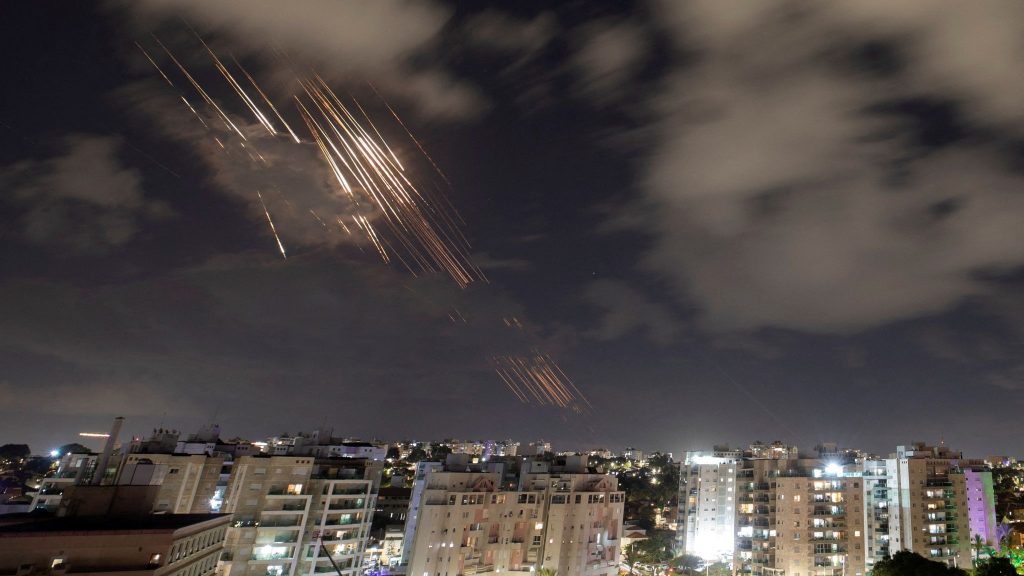
Israel has executed what appears to be its largest military operation against Iran, targeting specific military installations in response to a recent missile attack by Iranian forces. This strike comes more than three weeks after Iran launched a barrage of over 180 ballistic missiles at Israel, prompting a firm promise of retaliation from the Israeli government.
In a statement, an Israeli official emphasized that the current operations “are solely aimed at military targets.” This approach is seen as a potential opportunity to de-escalate the ongoing tit-for-tat missile exchanges that have intensified tensions in the region.
Security experts have warned that if the damage inflicted by Israel is substantial, Iran may feel compelled to retaliate. “The size and scope of Iran’s response will be a critical indicator of their next moves,” noted a regional analyst.
Should Iran choose to limit its missile strikes against Israel, it could signal a desire for de-escalation. Conversely, a larger counter-strike could push both nations further towards full-scale war.
Israel remains on high alert for any Iranian response, which could occur more swiftly than previous engagements. The Iranian Islamic Revolutionary Guard Corps (IRGC) is reportedly prepared to defend against Israeli attacks while planning potential counteractions. Despite having weaker air defenses than Israel, Iran has significantly invested in its missile capabilities.
This confrontation is not unprecedented; in April, Iran retaliated against an Israeli attack in Syria with a large-scale missile launch. Although Israel successfully intercepted most of these projectiles, they were urged to avoid escalating the conflict further. This time, Israel has opted for a more public declaration of its military operations against Iran’s missile threats, marking a shift in its strategy.
As tensions mount in the Middle East, both nations seek to establish deterrence amidst fears of an escalating conflict following Hamas’s assault on Israel on October 7, 2024. The situation remains fluid, with many watching closely for developments that could have far-reaching consequences for regional stability.







